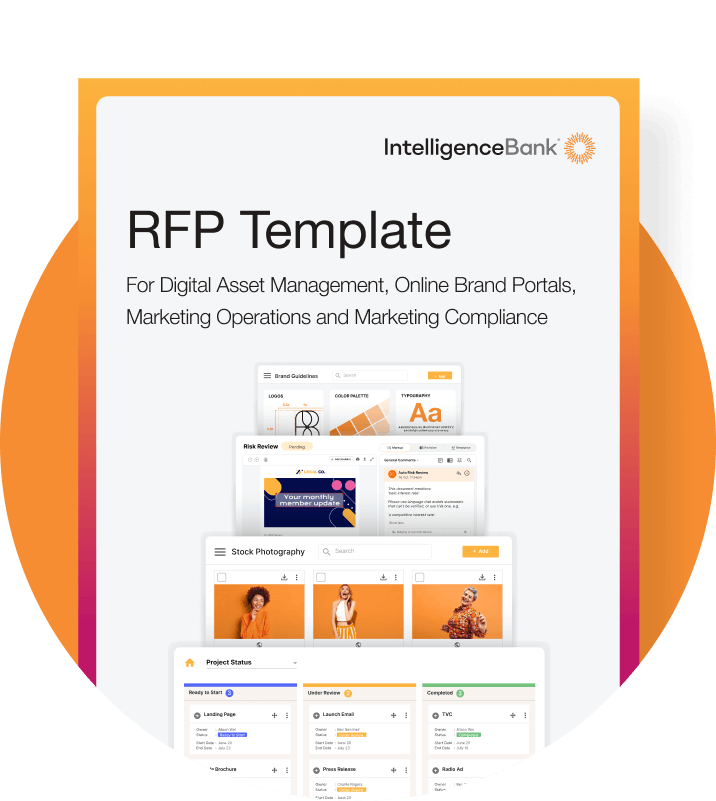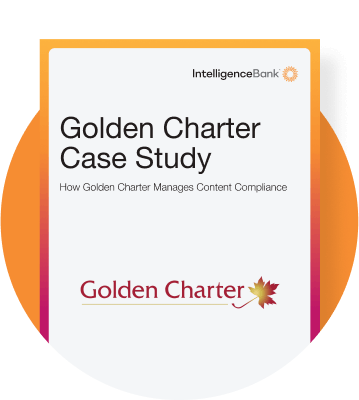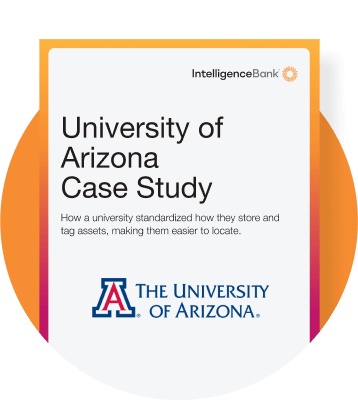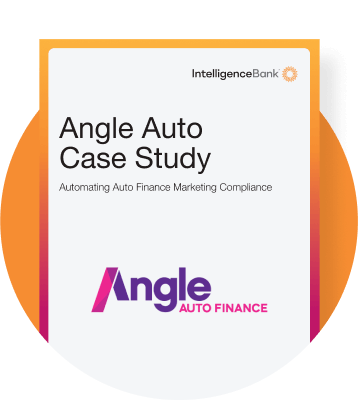If you’ve ever launched a marketing campaign across multiple channels, you already know the pain:
You need a leaderboard banner. And an MREC. And a skyscraper. And tiles for Facebook, Instagram, LinkedIn, Twitter. And probably a homepage banner. And email. And maybe a few tweaks for regional markets.
That’s not one piece of creative. That’s 25, 30, sometimes 50 separate versions. And traditionally, it means one thing: more manual work for your design team.
That’s where One-to-Many templating comes in.
What is One-to-Many templating?
One-to-Many templating is a simple but powerful concept: you start with one base template, and from that single design, you can generate multiple versions in different sizes, layouts, or formats – automatically.
Rather than recreating each version by hand, resizing artwork manually, or duplicating templates for every output, One-to-Many lets you scale from a single source of truth.
Think of it as a smart, controlled way to multiply your creative, without multiplying the workload.
Why it matters
Marketing teams are being asked to do more than ever: more channels, more formats, more personalization, more speed. But resources don’t scale at the same pace. Most teams don’t get to hire another designer every time the asset list grows.
One-to-Many helps close that gap. Here’s why it’s a game-changer:
1. It saves hours, if not days of manual production
Instead of spending time resizing, reformatting, and recreating the same design over and over, you can generate every format you need in one go. That means faster campaign delivery, shorter turnaround times, and far fewer back-and-forth edits.
2. It reduces errors and inconsistencies
The more times a design is rebuilt, the greater the chance that something gets missed. A font gets swapped, a logo shifts position, or a CTA is cropped. With One-to-Many, every version stays tied to the original design, reducing the risk of accidental drift.
3. It helps designers focus on high-impact work
When repetitive production work is automated, your creative team can spend more time where it really counts; concepting, designing, and improving the quality of campaigns. You’re not just moving faster, you’re working smarter.
4. It supports multi-channel campaigns at scale
Whether you’re building a digital ad suite, rolling out a social campaign, or creating regional variations, One-to-Many makes it feasible to launch at scale, without compromising brand consistency or creative quality.
How it works in IntelligenceBank Creative Templates
In the new Creative Templates platform, One-to-Many is built into the core experience.
Designers create a master template using brand-approved layouts, images, fonts, and messaging. From there, users can generate the required output sizes – think MREC, leaderboard, skyscraper, Instagram story, LinkedIn tile, homepage banner, and more – without ever rebuilding the design.
Because the templates are fully embedded within the IntelligenceBank platform, all the usual governance applies. Only approved assets can be used. Brand elements can be locked or editable, depending on your setup. Final artwork is saved back into your DAM, and approvals follow your existing workflow. It’s fast, flexible, and safe.
Why now?
The pressure to produce more content isn’t going away. But the idea that every new format or version needs to mean more hours, more duplication, or more design tickets? That can. One-to-Many templating is how modern marketing teams scale, not by cutting corners, but by streamlining the process that sits between strategy and execution.
It’s not just a feature. It’s a smarter way to work.
Want to see One-to-Many in action? Take a tour of Creative Templates.




